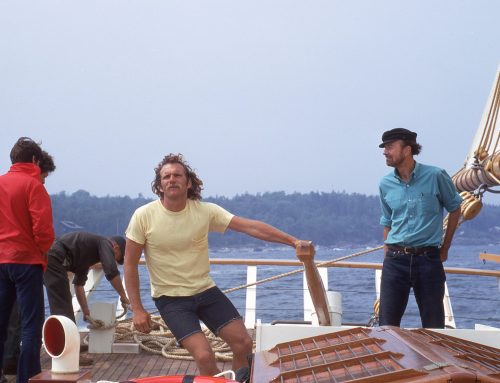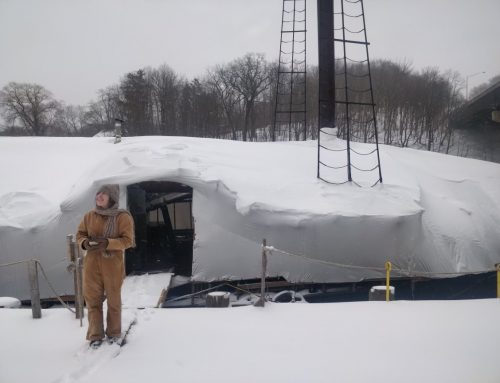As soon as you finish building a wooden boat, it starts to sink. What then ensues is a continuous tug-o-war with Mother Nature, in which the massive forces of water and the detrimental effects of rot battle against strong wood, tight seams, a vigilant watch, a skilled team, and a proactive maintenance plan. This is where the sloop Clearwater finds herself now: Getting older, struggling with rot, but keeping the water out and sailing on. In order to continue winning this fight, we are counterattacking this winter with an aggressive preservation project, funded by a substantial matching grant from the New York State Office of Parks and Historic Preservation.
Thanks to what we know about the sloop’s condition, where we are in our scheduled maintenance, and an order from Coast Guard inspectors, we will be opening up the sloop’s bow to get a good assessment of the stem. This open bow exposure also allows us access to two other areas of concern known to us through personal and professional surveys: the planks and the frames. A fair number of the frames in the forward section of the vessel are in poor condition. Replacing these frames with strong, new, marine-grade white oak will provide a sturdy skeleton to which the fresh planks will be fastened.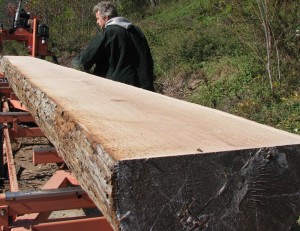
Age, checking and length are the issues we find with the planks. The hull will be much stronger when the plank pattern, aft from the stem, contains longer strakes. Removing the planks to assess the stem and repair the frames allows us to create a pattern with the new planks that will put more rigidity, strength, and stability in the hull. This focused, skilled work on the bow of the sloop will be much needed care for a section of the vessel that sees a lot of stress, and has been weakened over time.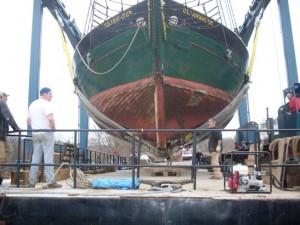
Because the single mast of the vessel is stepped relatively far forward, the force from the rig strains the bow significantly over the sailing seasons. This is where the might of the massive sail and its effects on the rigging twist, pull and pry at the core of the vessel. Historically, Hudson River sloops would have had their mast cut short long before they reached our age of forty and had another mast added, thus becoming a schooner by definition. This new distribution of the forces on the rig can grant a ship a few more years of work.
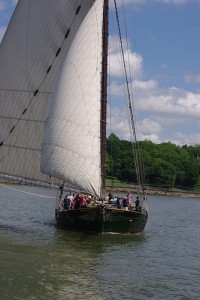
Meanwhile, our solitary mast stands tall and proud.
Our efforts this winter will provide the forward part of the hull the steadfast foundation it needs to support our powerful rig, a now famous symbol of environmental justice. Our brawny new bow will allow us to plow through the waters of the mighty Hudson for another forty years, carrying our message of environmental stewardship and creating the next generation of environmental leaders.

